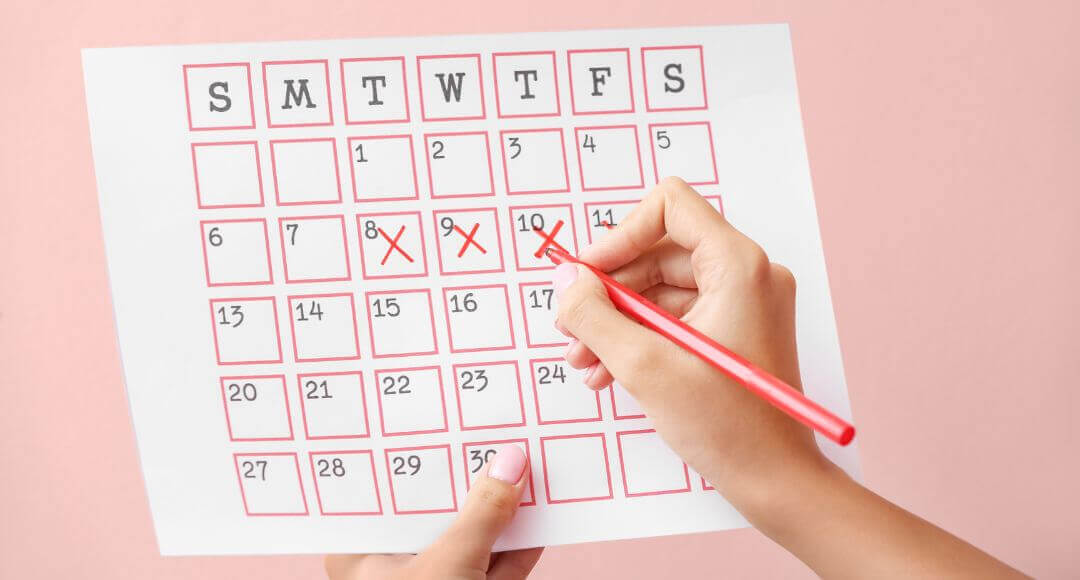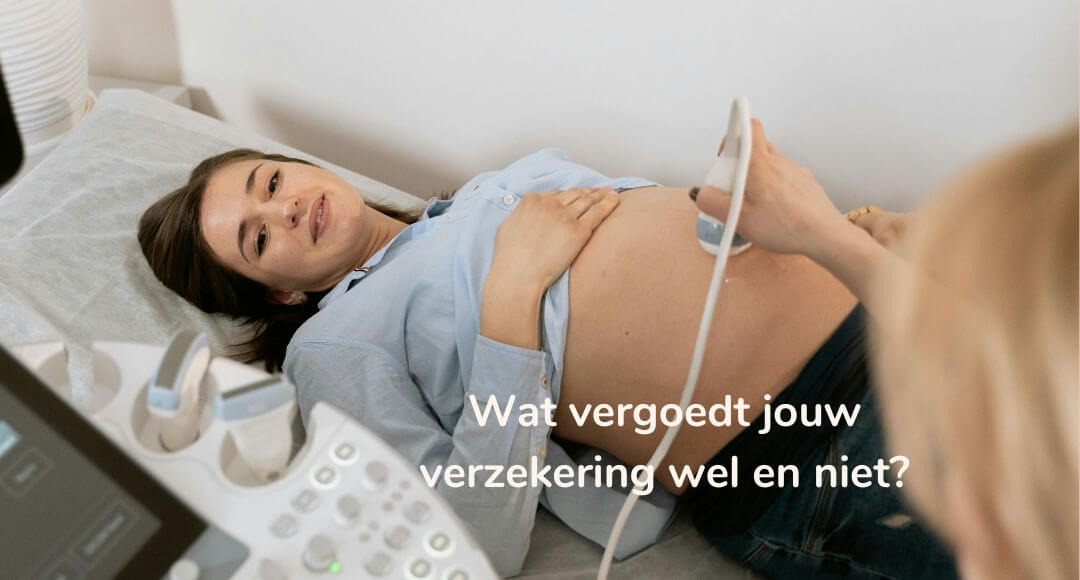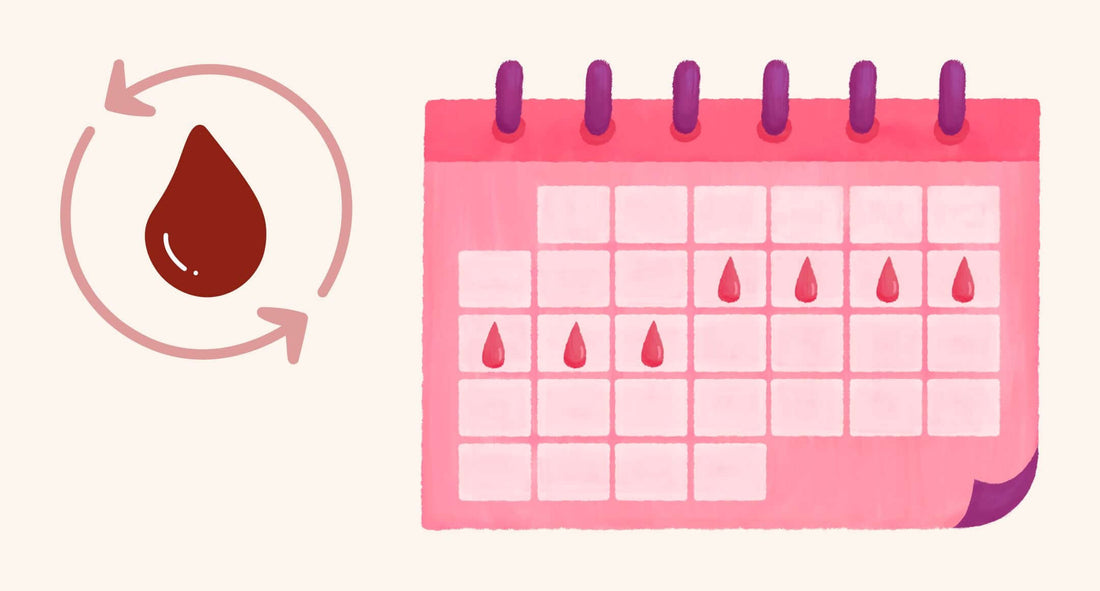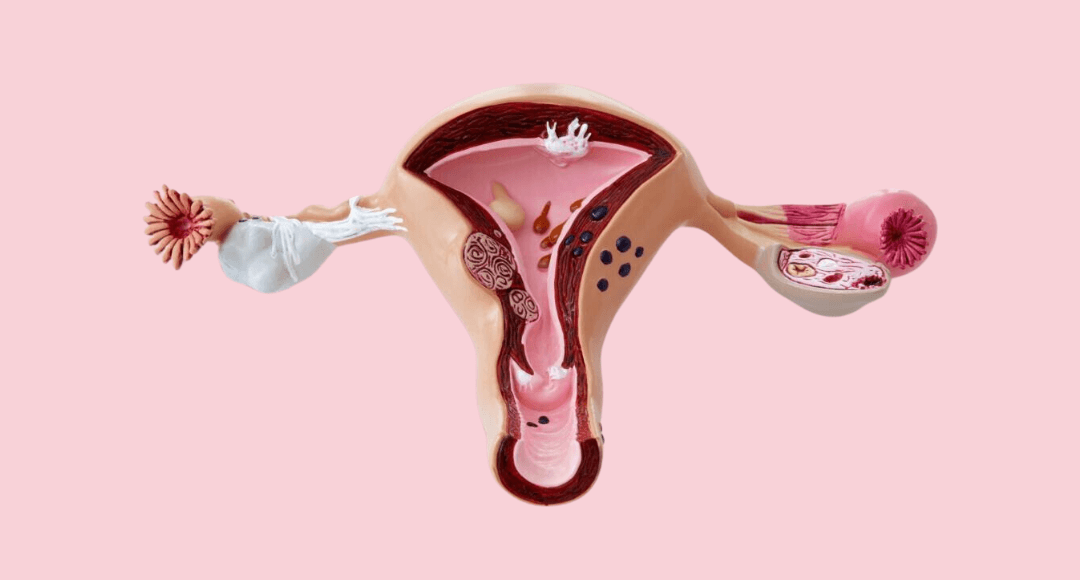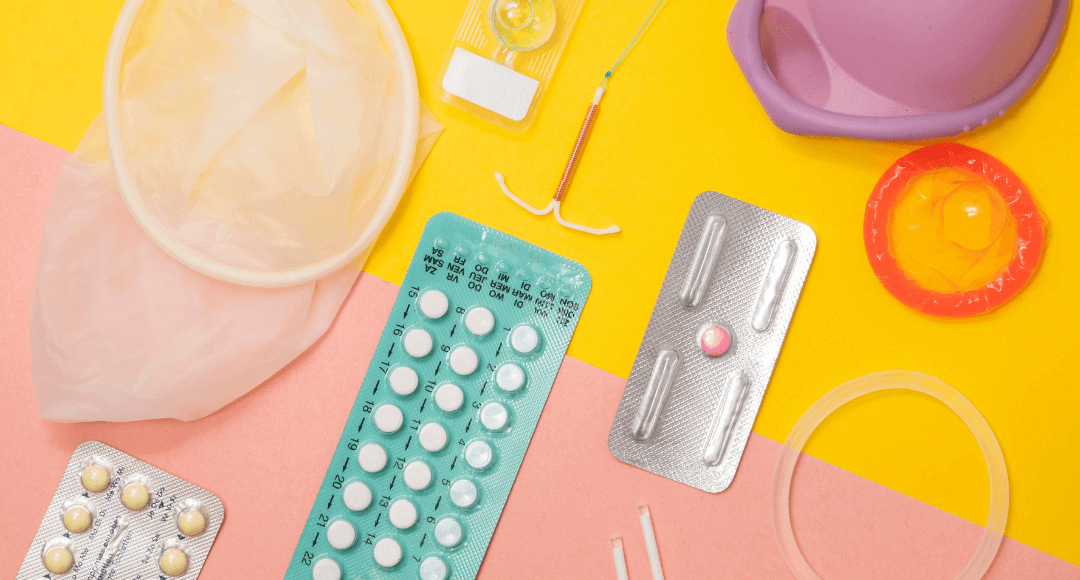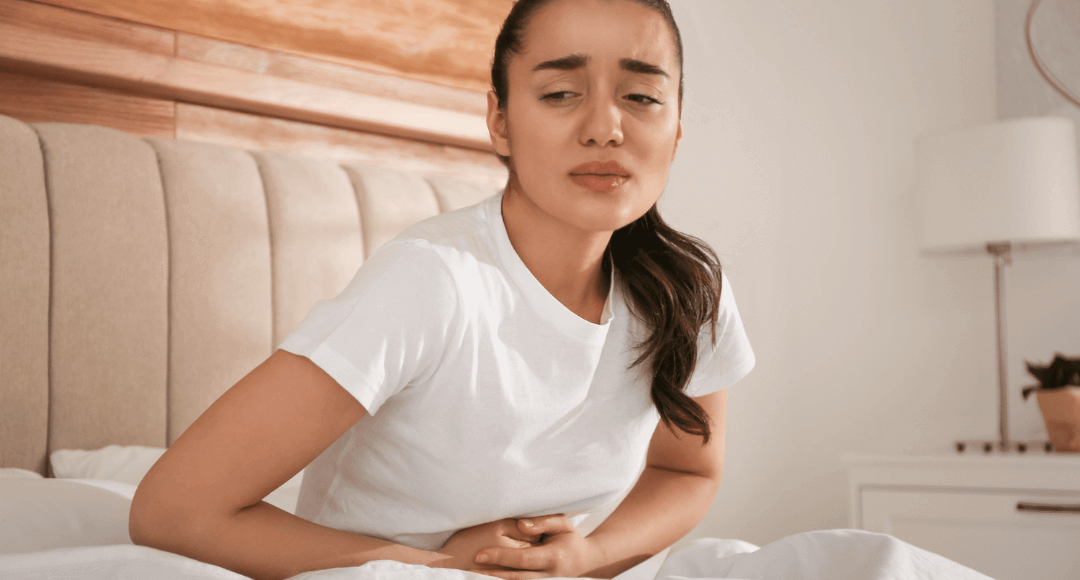Do you always ovulate on day 14 of your cycle?
Hi, I'm Roeliene, chair of Sensiplan-Netherlands. I'm 59 years old, married, and the mother of three adult children. When I was 20, a friend told me about Rötzer's sympto-thermal method. We found it incredibly interesting and taught ourselves from this book. We charted our cycles in a notebook on graph paper! Later, I met people from the Sensiplan sympto-thermal method (a more reliable method) and became a consultant. Knowledge about the cycle has been personally valuable to me, and I truly hope that all women and men in the Netherlands will acquire this knowledge. For me, it's as basic a knowledge as reading and arithmetic; after all, it's about your own body!
Moodies gives us, as Sensiplan consultants, the opportunity to introduce you to the world of the female cycle in a series of blog posts. This first one, I'll kick things off with "ovulation." What can we learn about it?
The ovulation

The concept of ovulation is familiar to everyone. You assume that ovulation and menstruation occur in every cycle, but did you know that the foundation of your cycle is actually your fertility ? We often don't think about that much.
Each cycle, a large number of eggs mature in your ovaries. When the time is right, your body chooses the best egg, which is allowed to continue developing until ovulation occurs, so that it can potentially be fertilized. If the egg is fertilized, it divides through one of the two fallopian tubes to the uterus, where the developing embryo can implant itself in the uterine wall and continue to develop into a new human life.
Every cycle, your body goes to great lengths! It builds the uterine lining with nutrients, ready for a fertilized egg to implant. If implantation doesn't occur, the built-up uterine lining is shed with menstruation. For each new life, a new bed is prepared, so to speak, every cycle, by rebuilding the uterine lining. And if fertilization doesn't occur in that cycle, the uterine lining is shed with menstruation, and the whole process starts over.
If the egg isn't fertilized, it will simply be absorbed into the body. So, the egg isn't expelled with menstruation, as many people assume.
How many ovulations do you have in your life?
At birth, women have approximately 400,000 eggs in each ovary, making a total of about 800,000! Of these, approximately 400-450 will fully mature over the course of your life. This means you will ovulate approximately 400-450 times throughout your life.
When does ovulation occur?
Many people think that's always on day 14 of the cycle. That's what biology textbooks have taught for a long time. It's not true!
The precise answer is: 12-16 days before your period. So, you can only really determine when ovulation occurred in your cycle in hindsight. You'll never know exactly, so you'd have to have an ultrasound every month.
Women's cycle lengths can vary considerably. Cycles within the same woman can also vary significantly in length. About half of women have a 4-9 day difference in cycle length. And about the other half have a difference of 10-18 days, or even more! Only about 3% of women have a 1-3 day difference in their cycles. This means that if you want to calculate your approximate ovulation time, you'll often end up with different dates, with a margin of 5 days.
Can you only get pregnant on the day of ovulation?
An egg can only be fertilized for 12-18 hours. That's less than a day! But for fertilization, you need sperm, of course. These can live much longer, even up to 5 days. This would mean you're truly fertile for about 6 days per month. However, these fertile days aren't fixed; they vary from cycle to cycle. So never use a calculation method to determine your fertile days!

Ovulation and hormonal contraception?
Ovulation and menstruation mean you're fertile. But there are times in life when you'd rather not be fertile, if you're not trying to conceive.
The idea behind hormonal contraception is to change your hormone levels so that ovulation no longer occurs, or that no uterine lining is built up, preventing implantation in the uterus.
- The pill , along with the ring, patch, and implant, usually prevent ovulation, meaning fertilization cannot occur. Because little uterine lining is formed, the bleeding is often light; in that case, it's not actually called menstruation , but withdrawal bleeding.
- The hormonal IUD prevents implantation in the uterine lining because the lining doesn't build up. Ovulation usually occurs with the IUD, allowing the egg to be fertilized. The fertilized egg can't implant and dies. With a hormonal IUD, you also usually don't have withdrawal bleeding.
Ovulation and methods that take fertile days into account?
These methods (also called natural methods or the fertile days method) take your own cycle into account. You track your ovulation and the buildup of your uterine lining, including your menstruation. The goal of these methods is to determine the fertile and infertile days in your cycle and observe what happens. On your fertile days, you either abstain from sex or use a condom.
Incidentally, some methods determine the fertile days in the cycle much more accurately than others. Reliability varies enormously. Most apps can't always accurately determine ovulation and the corresponding fertile days. As you read above, there can be a very large margin of error in the timing of ovulation. This essentially makes all apps and cycle computers less reliable as contraceptives.

If you want a highly reliable, natural method, it's wise to choose the Sensiplan sympto-thermal method. It's currently the most reliable method for charting your cycle, including fertile and infertile days, and just as reliable as the pill. This method requires a three-cycle training period with a Sensiplan consultant, so it's a time investment. But afterward, it's effortless and highly beneficial, especially if you're trying to conceive in the future. You'll have a clear understanding of your own cycle and when you ovulate!
 This blog post was written by Roeliene, chair of Sensiplan Netherlands. Sensiplan is a sympto-thermal method for family planning/contraception that provides insight into the fertility cycle. The method is scientifically proven and has been in use since 1981, originating in Germany. With an interactive course, clear study materials, and personalized guidance from certified consultants, it helps women and couples make informed choices. Safety and health are paramount. |


